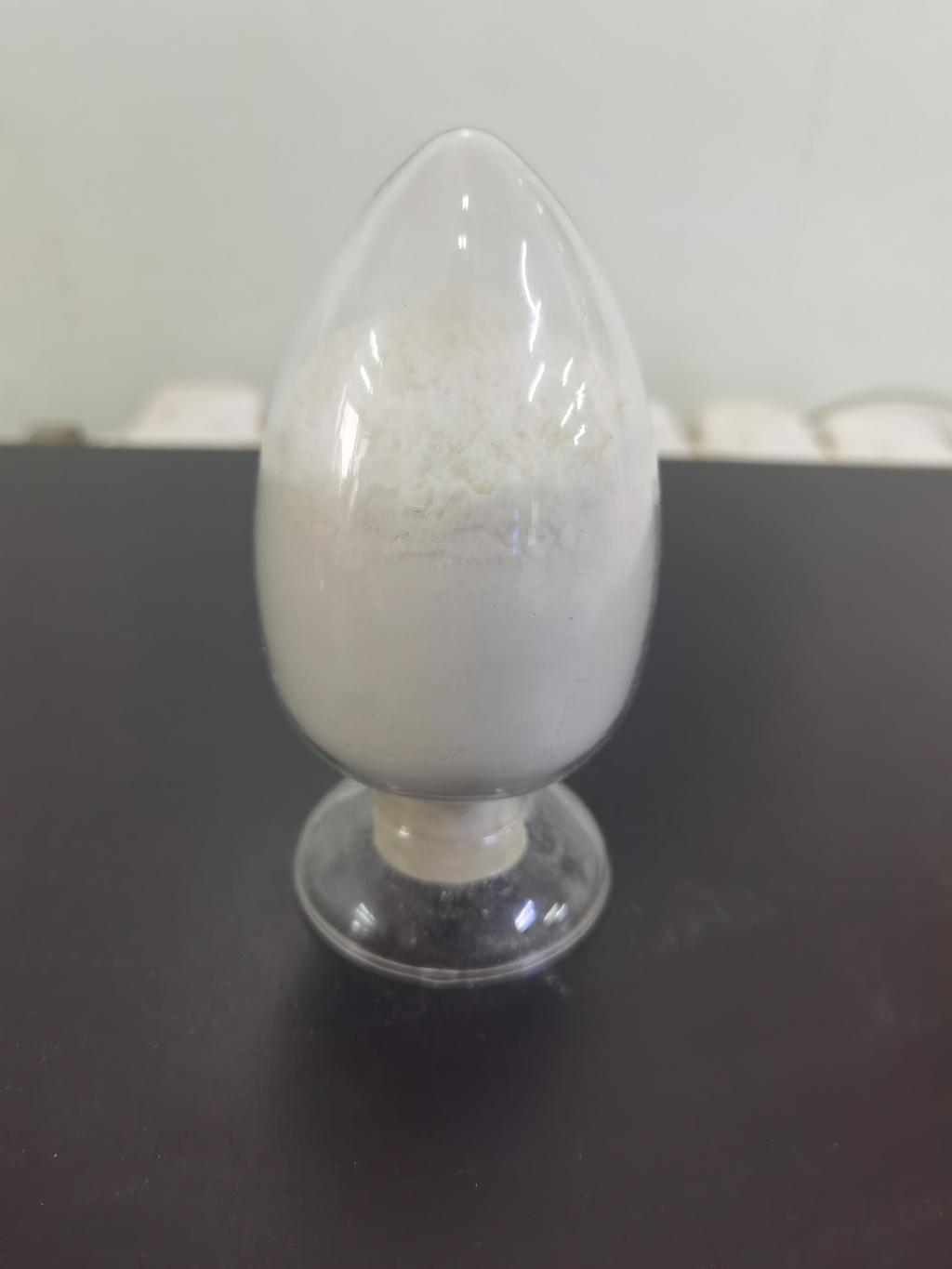Tel:0086 18231198596

News
ε-Polylysine Hydrochloride's Potential for Addressing Microbial Contamination in Spices.
TIME:2023-10-25
Microbial Contamination in Spices: A Looming Challenge
Spices have been an integral part of culinary traditions across the globe for centuries. Not only do they impart distinctive flavors, colors, and aromas to dishes, but they also hold cultural and historical significance. However, these precious commodities are often harvested, processed, and transported under conditions that can leave them vulnerable to microbial contamination.
Pre-Harvest Contamination: Spices can be contaminated with pathogenic microorganisms before harvest. In some cases, soilborne pathogens or contaminated irrigation water can introduce harmful bacteria and fungi to spice crops.
Post-Harvest Handling: After harvesting, spices go through a series of processes, including drying, grinding, and packaging. Each of these steps can present opportunities for microbial contamination if proper hygiene and sanitation are not maintained.
Storage and Transport: Spices are often stored in bulk or transported in large quantities over long distances. Inadequate storage conditions and the presence of moisture can create an environment conducive to microbial growth.
Consumer Handling: Finally, spices are used by consumers, who may introduce contamination through improper storage or handling.
The consequences of microbial contamination in spices can be severe. It not only affects the quality and sensory attributes of the spices but also poses significant health risks. Pathogens like Salmonella, E. coli, and various molds can proliferate in contaminated spices, leading to foodborne illnesses when these spices are used in cooking.
Addressing Microbial Contamination with ε-Polylysine Hydrochloride
ε-Polylysine hydrochloride, often referred to as ε-PL or simply polylysine, is a naturally occurring peptide with exceptional antimicrobial properties. It is produced by certain strains of Streptomyces albulus during their fermentation process. ε-PL has gained recognition as a safe and effective food preservative, and its potential for addressing microbial contamination in spices is increasingly being explored.
Key Characteristics of ε-Polylysine Hydrochloride:
Antimicrobial Activity: ε-PL exhibits broad-spectrum antimicrobial activity against bacteria, yeast, and molds. Its mode of action involves disrupting the cell membranes of microorganisms, which leads to cell lysis and death.
Thermal Stability: ε-PL is heat-stable, which means it can withstand the elevated temperatures commonly used in spice processing, including drying and grinding.
pH Tolerance: It remains effective over a wide range of pH values, making it suitable for use in acidic or alkaline spice mixtures.
Natural Origin: Derived from a naturally occurring microorganism, ε-PL aligns with the growing consumer demand for natural and clean label ingredients.
Potential Applications in the Spice Industry
The unique properties of ε-polylysine hydrochloride make it a promising candidate for mitigating microbial contamination in the spice industry. Here are several potential applications:
Surface Treatment: ε-PL can be used to coat the surface of whole spices, providing a protective barrier against microbial contamination during storage and transport. This is particularly useful for spices that may be susceptible to moisture and environmental factors.
Antimicrobial Packaging: Incorporating ε-PL into spice packaging materials, such as films or sachets, can help maintain spice quality and safety by preventing microbial growth within the package.
Quality Assurance: ε-PL can serve as a quality control agent during spice processing and packaging, ensuring that the final product meets safety and quality standards.
Blend Preservation: Many spice blends, which are a combination of multiple spices, can benefit from the addition of ε-PL to prevent cross-contamination and maintain product integrity.
Consumer-Friendly Products: As ε-PL is natural and safe, its use in spice products is well-received by consumers seeking clean label products without synthetic additives.
Challenges and Considerations
While ε-polylysine hydrochloride holds great promise in addressing microbial contamination in spices, several challenges and considerations must be taken into account:
Regulatory Compliance: The use of ε-PL in spices must comply with regulatory standards set by food safety agencies in different countries. It's essential to ensure that ε-PL is used within permissible limits and in accordance with local regulations.
Taste and Flavor Considerations: The addition of ε-PL to spices may impact the taste and flavor of the final product. Balancing the antimicrobial benefits with sensory attributes is crucial to maintain the quality of the spice.
Cost Considerations: The cost of ε-PL may be a factor, especially for small-scale spice producers. Economical considerations need to be weighed against the potential benefits.
Consumer Education: Consumers should be informed about the use of ε-PL in spice products. Transparent labeling and education about its safety and natural origin are essential.
Conclusion
Microbial contamination in spices is a significant concern for the spice industry and consumers alike. The rich flavors and aromas that spices contribute to culinary creations should not come at the expense of safety and health. ε-Polylysine hydrochloride, with its natural origin and potent antimicrobial properties, offers a compelling solution to mitigate microbial contamination in spices.
As research and application methods continue to evolve, the spice industry can harness the potential of ε-PL to ensure that spices remain a source of delight and inspiration in kitchens around the world. With careful consideration of regulatory requirements, sensory attributes, and cost considerations, ε-polylysine hydrochloride can play a pivotal role in enhancing the safety and quality of spice products, contributing to a more flavorful and healthier culinary experience.

 CONTACT
CONTACT




